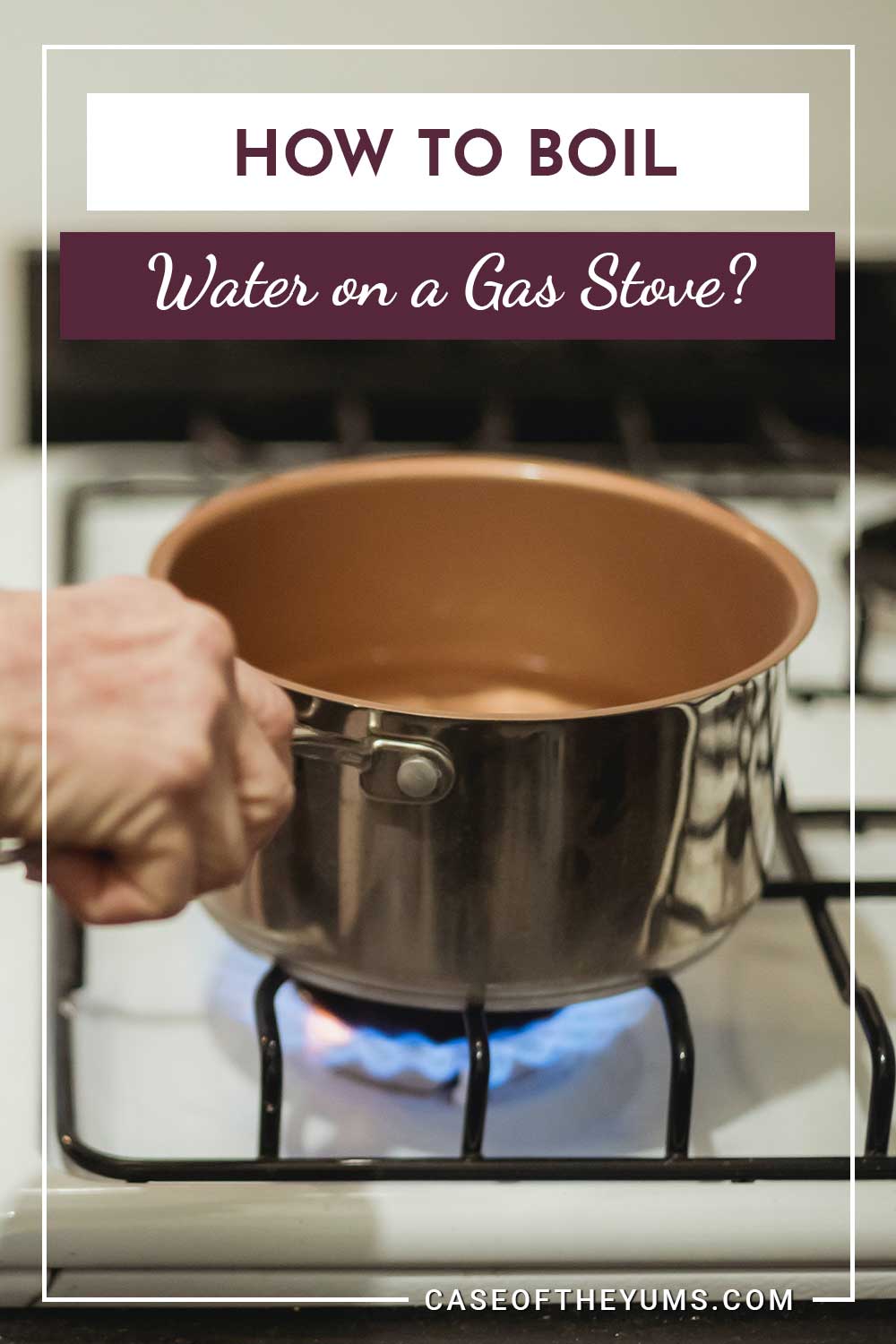How to Boil Water on a Gas Stove?
We may earn commissions for purchases made through links on our site. Learn more on our about us page.
This might be one of the first things you learn in the kitchen. Not as easy as making toast or pouring a bowl of cereal, but this skill can be considered one of the staple abilities to becoming a competent cook.
To start, a person must measure out the amount of water needed for the recipe, then pour that liquid into a pot that can conduct the heat from the stove.
Heating the stove to medium-high is the most common choice. However, if you are in a hurry (or in a restaurant atmosphere), consider turning the temperature all the way up and tossing a pinch of salt in there.

Which Kind of Pot Will You Need?
There is not just a single kind of cookery that works when it comes to boiling water. The most common will be stainless steel, ceramic, or the coveted cast iron kitchenware.
The first step in determining the needed pot size will come with reading the ingredients needed for the recipe.
The more water needed, the larger piece of kitchenware needed to house the liquid; simply put, there needs to be enough space for bubbling water not to splash all over the stovetop. A small bias, the kind of pot you need is cast iron, multiple pieces preferably.
How Should You Set Your Stove?
As mentioned in the opening passage of the article, there is going to be a bigger slice of folks that stand with only needing a medium-high stovetop heat setting to boil water in five minutes.
This will be true at sea level, for those living up in altitude or colder climates should consider turning that up to high to get the same five minutes timing results.
If you are in a hurry or on the job, remember that high heat setting on the stove comes with some added risks of burns and mishaps.
How Long Does it Take for it to Boil?
There are going to be a few elements that will affect the outcome of how long it takes to boil water, the most pressing will be the amount of water being heated.
Another will be the ability of the stove to create and conduct heat, but for the most part, most chefs will agree that it will take around five to ten minutes with a setting at medium-high heat.
Then, you have additives to consider; sodium chloride proves a natural catalyst when it comes to heating up water solutions and is not the only element to have this capability.
Is it Safe to Boil Water on a Gas Stove?
There are hardly any places safer to boil water than inside the comfort of a sheltering home, inside a kitchen with a heat source designed to cook things.
The safety issues to be concerned about will be the hot surfaces that can burn bare skin or catch fabrics and oils on fire.
These can be avoided by keeping your stovetop clean and limiting traffic and activity when the stove tops are in operation.
Boiling water will have an added concern. The hot boiling water will be at a temperature of two hundred- and twelve degrees Fahrenheit, which is enough to scald and cause serious burns if spilled.
Common Mistakes You Need to Avoid
The most common mistake is not having enough heat to bring the water to a boil, which comes from aging stoves or damaged stove top pieces.
Although this might not be the case, do not rush to this conclusion. Sometimes all that is needed is patience, which is another common mistake. Sometimes, water just takes a little bit longer to heat to a boil.
The next issue to keep in mind will be to be careful around hot surfaces and boiling water. Burns are a common occurrence but can just as easily be avoided by taking some extra time to be careful.
Final Thoughts on How to Boil Water on a Gas Stove
Boiling water is one of those skills that can be learned as a child, leading to learning how to make soup, boil corn, hot dogs, and other foods, but also make sauces and dressings to add flavor to a complex dish.
Although it cannot be stressed enough when teaching or boiling water yourself, be sure to be aware of how hot two hundred degrees water is and hand the cookery with care to avoid unnecessary burning.
One last thought, when out on a campsite, be sure to build a small shelter to cover the camping stove from any disturbing wind patterns.



Leave a Reply
You must be logged in to post a comment.